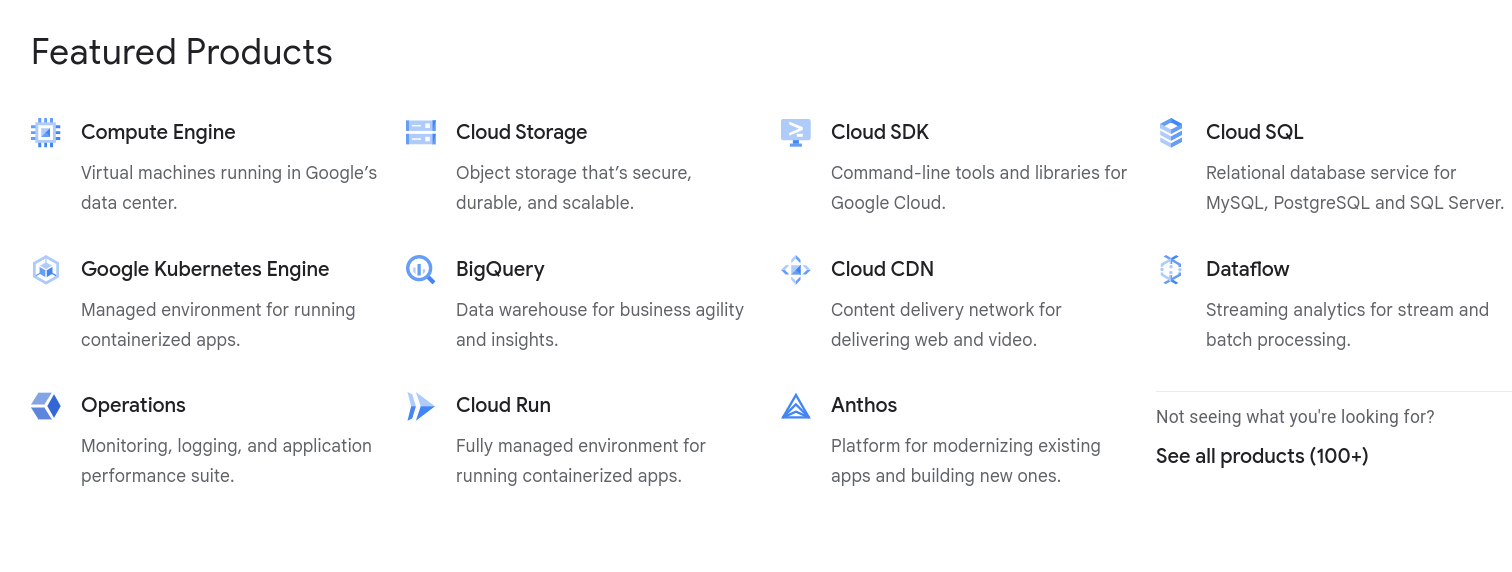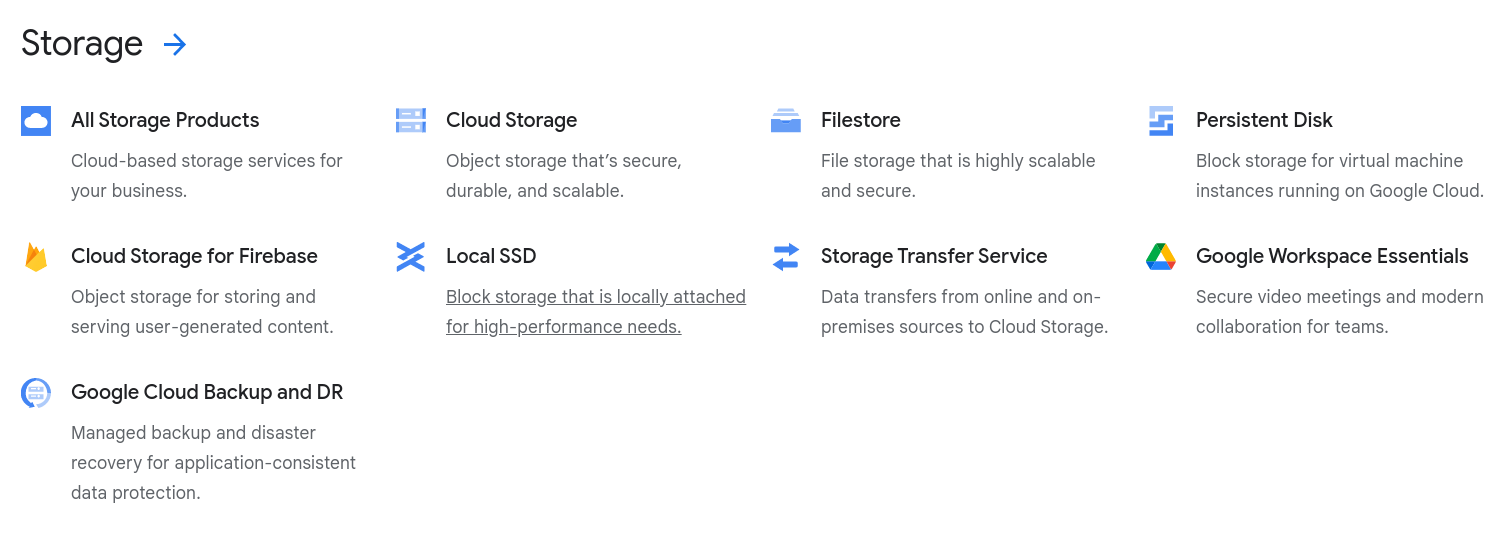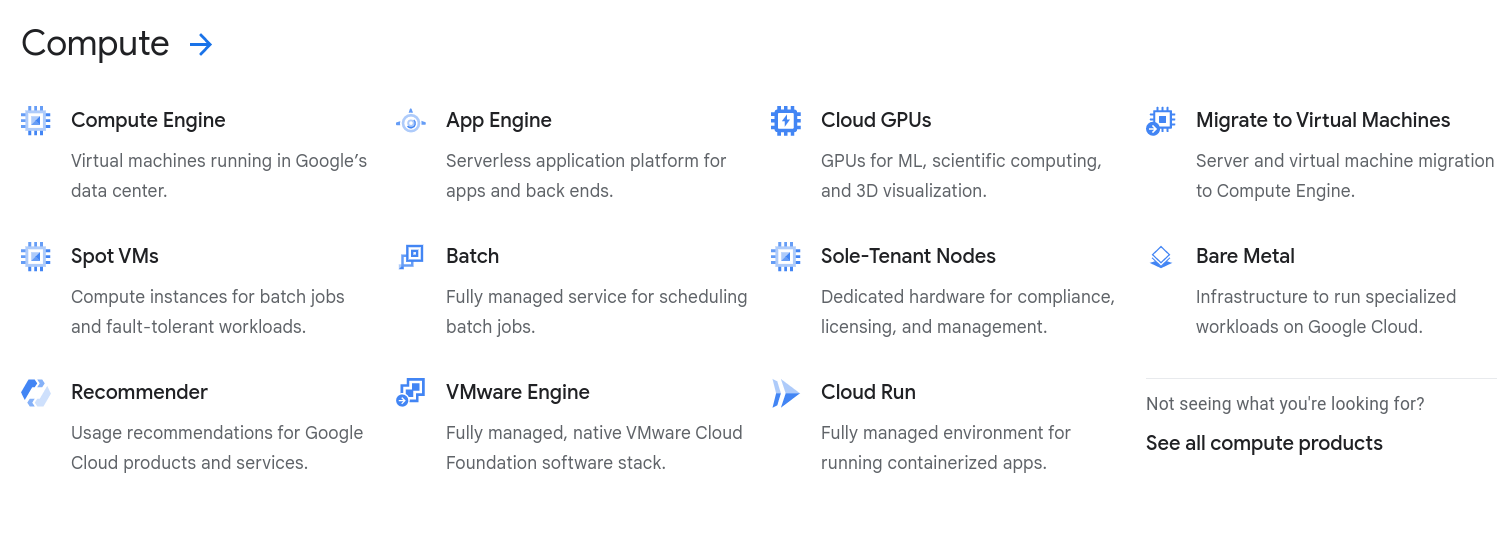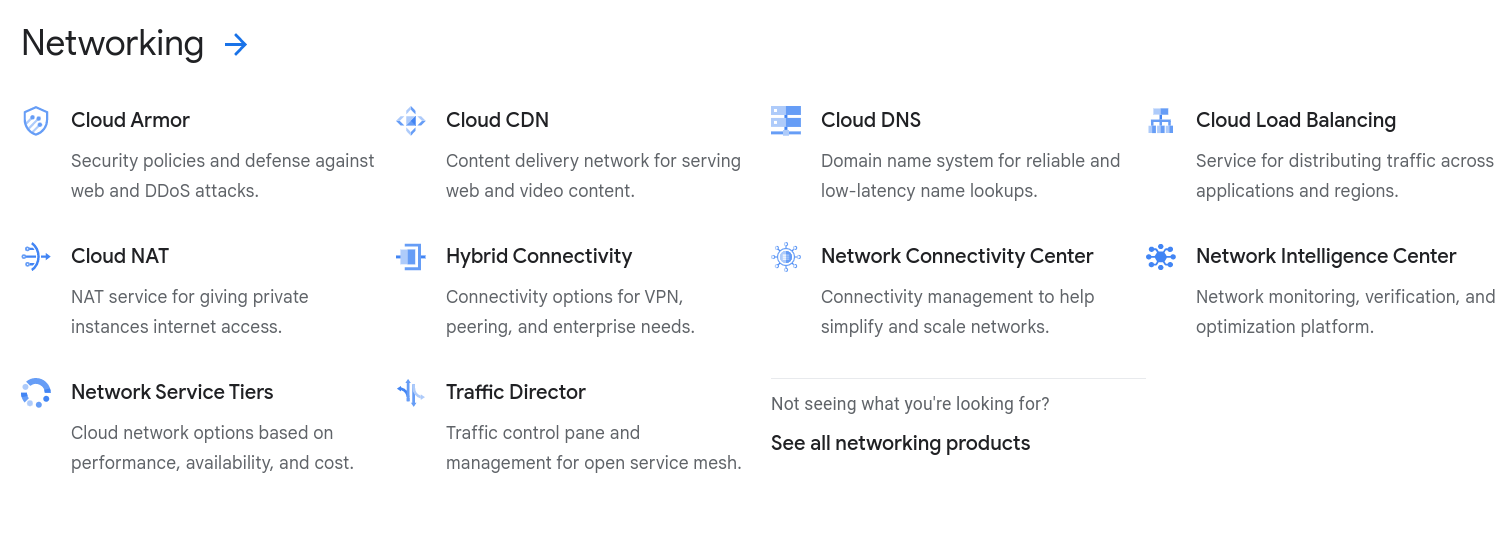Cloud computing has revolutionised the way businesses operate, offering a flexible and scalable solution that can significantly reduce infrastructure costs. However, as with any new technology, migrating to the cloud can be a complex and costly process, particularly for companies with large amounts of data to manage. Is there a way to keep a tight lid on your cloud cost? The answer is yes, if you know what to look out for.
Below you will find 4 main components of a cloud services bill, and 6 top cloud cost optimisation strategies.
Cloud costs breakdown
The sheer number of cloud computing services can be intimidating, especially when you are trying to figure out your cloud spend and how they figure into your operational costs.
The truth of the matter is that there are a handful of categories of cloud services and once you realise what you are paying for, it is much easier to prepare an effective cloud cost management strategy.

1. Cloud storage (capacity)
Storage volumes and storage duration are likely to have the biggest impact on your total cloud costs. This billing item is also quite easy to determine as it is one of the most direct costs of cloud technology.

The cost of data stored in the cloud is calculated in capacity units (e.g. per GB) over a period of time. Cloud vendors normally measure storage in Gigabyte per month and only charge you for the capacity you consume (in the “pay for what you use” model).
2. Computing power (transactions)
Contrary to cloud storage, the interactions between the data you store and what your applications need, is the most difficult item of the bill to anticipate. You incur cost every time you access your data repository, even if all your app does is read it. Applications that tap into multiple resources can be even trickier to cost-optimise.

Naturally, transaction costs are low and are measured in fractions of a penny. They will most likely not be the largest item of your bill but they should not be overlooked. Especially, if your applications require a high volume of transactions to run. In that case, you may want to consider contracting expert help to optimise them.
3. Network traffic
This can be a major cost consideration for organisations that need to ensure maximum availability of their services. It is also important for maintaining sufficient resilience and data recovery plans.

Moving and replicating your data between data centres and regions can be a major component of your cloud bill. If not anticipated and monitored properly, data transfer and other indirect costs may be a surprising item on your bill.
4. Backups
While not an immediate concern, backups should be a part of your cloud cost management strategy. After all, they are your insurance policy and allow your organisation to continue when faced with unexpected difficulty.
Backups require additional storage, and may also incur cost if moved from one data centre to another. There is a lot of room for minute finagling with backup costs and savvy cloud experts can bring the cost of backups down significantly.
Cloud cost management strategy
Most cloud providers offer their clients services in a “pay for what you use” model, which in its essence is designed to optimise cloud cost. After all, we pay exactly for the storage and processing power we employ. In principle.
Avoiding cloud cost pitfalls
However, there is a big “if”. If you select the wrong type or location of your cloud services, your resources will either be underperforming or be underutilised. If your organisation allows multiple users to access cloud services unsupervised, it can also lead to runaway bills. Finally, the multitude of options and services makes monitoring the cost difficult, even for a tech savvy CFO. This is where optimisation comes in.
6 cost management strategies
There is a lot you can do to optimise your cloud cost. It is a multi-layered and incremental process: From making sure all your computing resources are optimised, to overhauling your entire cloud infrastructure. Here are some of the most common cloud cost management strategies, from the most granular, up to the most wide-ranging.
1. Fit to size
Make sure the size of the public cloud instances you employ are the right fit for your company. If your business uses roughly the same resources all year round and is not subject to seasonality in traffic, optimising for size is going to be very easy. It does behove you, however, to ask a cloud expert if your current cloud infrastructure is the optimal one for your organisation.
2. Automatic scaling
If your business (app, service, website) experiences increased or decreased traffic depending on the time of the day, month or year, automatic scaling up and down not only lowers your costs but also ensures continuity of your services. Through automated cloud consumption monitoring, it helps avoid paying for unused resources.
3. Day vs. night power requirements
If you cater to a geographically limited audience, you may want to schedule some cloud instances to shut down for the night or for the weekends. The more predictable your cloud usage is, the more you can optimise. So it makes sense to take a good look into how your cloud resources are utilised.
4. Periodic overhauls
Over time, as your organisation and client base grows, it may become more time consuming to monitor cloud resources. Some businesses discover that they have been paying for resources they haven’t used in months. That’s why regular overhauls of your actual usage is key.
5. Global cost management strategies
It is important to launch your cloud architecture with at least general expectations for their use. But every organisation learns about their cloud needs through actual usage. You may not know beforehand how to do load balancing and how to predict server downtime. But you will learn over time how pricing varies depending on your actual cloud usage. The more data you collect, the easier it will be to come up with a savings plan for long term data storage.
6. Cost projections
Cloud storage and cloud computing are a long-term service. It is therefore in the cloud providers best interest to make sure their clients are happy with their cloud costs. Google cloud, as well as other public cloud providers, helps its clients manage cloud costs and predict future costs by providing them with projected spending based on the current and past usage. These projections can be very useful for both short and long-term cost management.
Maximise your cost savings
Reading your cloud bill can be tricky, even if you know what to look out for. And finding the optimal cloud cost management strategy can be of major importance. Even with the best cloud cost management strategy, your bills may still surprise you, in a bad way. When migrating to the cloud, every step can incur costs.
When is doubt, you can always ask people who know the ins and outs of cloud architecture and its costs. Mistakes resulting from miscalculating cloud cost can be costly.
Read also:
